
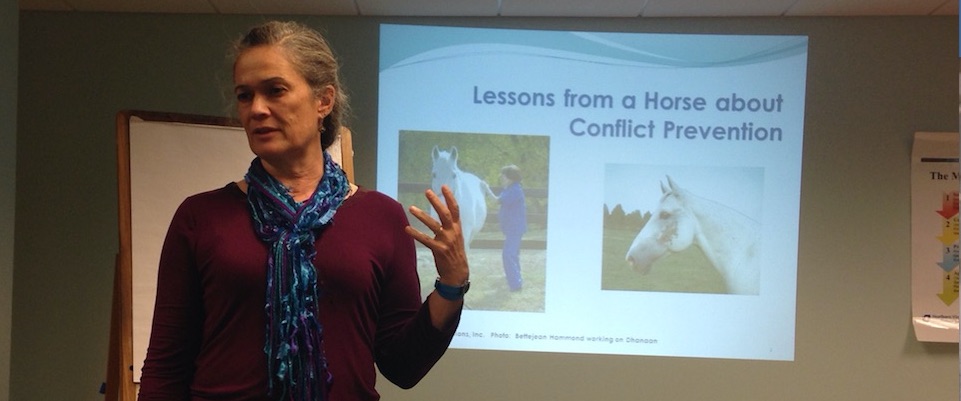

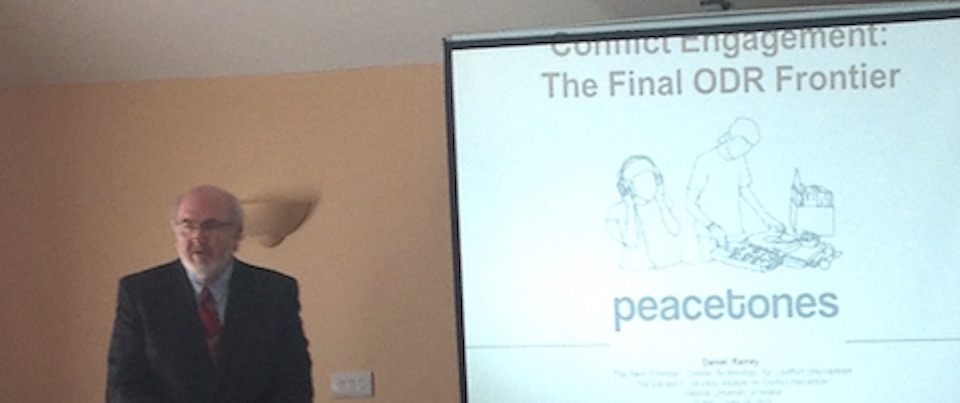
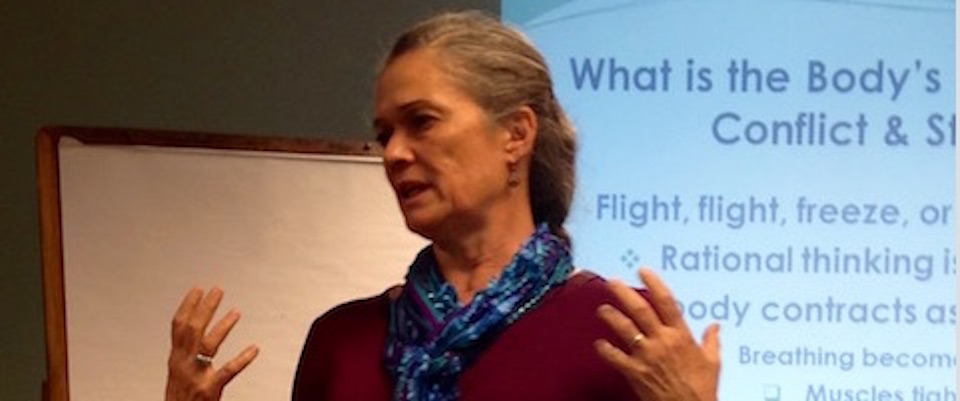
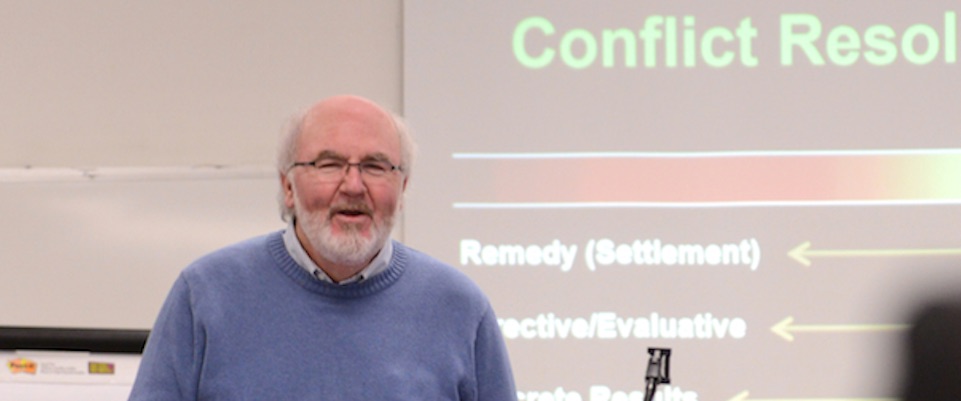

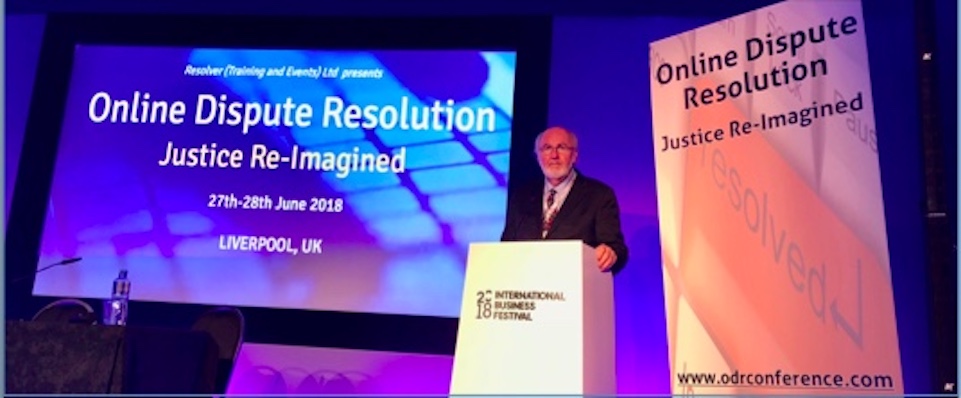
HSI News & Updates
Daniel Rainey
Daniel Rainey is a principal in Holistic Solutions, Inc. (HSI ), and an adjunct faculty member in graduate dispute resolution programs and law schools. He is currently a Fellow of the National Center…
Reviews and Comments
Mediation and ODR Training: “More than we bargained for – simply fantastic and informative.” (Kusamotu & Kusamotu, The Green Fish Chambers Law Firm, Lagos, Nigeria) “I’ve done considerable teaching (at…
Julia Morelli
Julia continues to work with individuals and organizations as a coach, mediator, facilitator, and advisor. She has created a series of workplace movement exercises available through George Mason University’s collaboration…

 Conflict Engagement
Conflict Engagement

